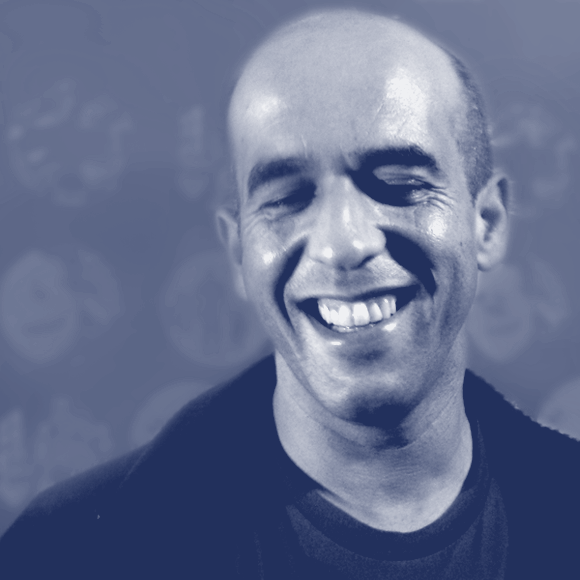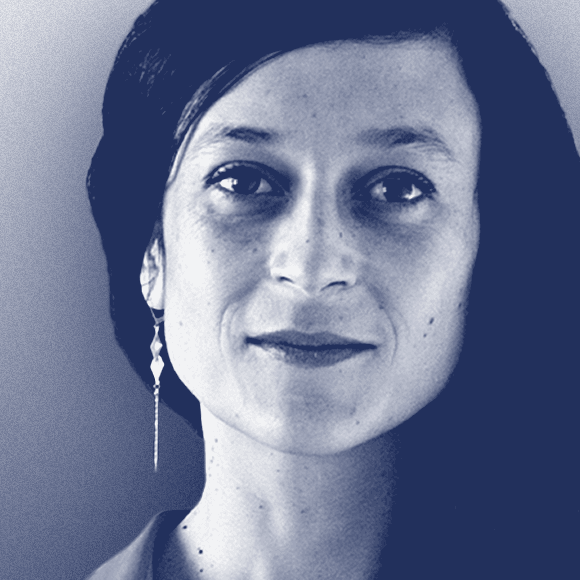Week #2 was a big one! The pace has really started to pick up. We had a great time at the second #tptalks event, hearing Agnès Dahan & Mário Feliciano speak. Later in the week we visited the beautiful Bibliothèque de l’Arsenal.
Monday 26th began with exploration of the design space—an exercise which is a particular favourite of mine. The attendees drew bold, high contrast, low contrast and compressed versions of their humanist projects.
The purpose of this stage is to learn to push and pull a design; to test it’s strength and versatility, and to find out which shapes should be kept, and which should be discarded. By exploring the extremities of a design, we can find answers to problems we had with our more ‘normal’ shapes—and sometimes problems we never knew we had. By drawing two masters (e.g. regular and black weights) alongside each other, we also get, through interpolation, the benefit of choosing the precise desired weight for the regular, bold, etc.
“By exploring the extremities of a design, we can find answers to problems we had with our more ‘normal’ shapes—and sometimes problems we never knew we had.”
Mathieu and JFP spent some time with us as a group, demonstrating some bold and high contrast conversions, using tracing paper over inked-up letterforms. It’s amazing how much thought can go into something as simple as drawing a bold /n from its regular; and this is just one small possible step within a typeface project.
That afternoon, the attendees continued sketching and inking their new shapes, based on the instructions in the morning. It was exciting seeing everyone’s letterforms expanding and changing, everyone producing a lot of work, very quickly! Later we gathered in the meeting room for a very interesting discussion: each individual’s initial thoughts on the brief for their personal typeface project.

“I was impressed at how thorough and detailed everyone was. Most people had a function, application, even a specific client in mind, giving depth and context to the shapes they would be drawing.”
For me—as more of an observer of the class, than a participant—it was very exciting and rewarding hearing the great ideas coming from each attendee. I was impressed at how thorough and detailed everyone was. Most people had a function, application, even a specific client in mind, helping to give depth and context to the shapes they would be drawing. I can’t wait to see where they end up at the end of 5 weeks.
Tuesday arrived, and by this time briefs are posted for everyone to see on Basecamp, ideas are solidifying in the attendee’s minds, and everyone is ready to greet our second international guest: Mário Feliciano. I really enjoyed Mário’s visit, he is a super friendly guy, makes elegant and beautiful typefaces rooted firmly in history, and was sensitive, patient and honest as he critiqued the class’ work. His insight was invaluable, and everyone felt encouraged and cheered by his visit.
Mário spent the morning with small groups, studying the work of each attendee closely. We then gathered together near the end of the day for a group discussion, chatting about what we’d learned, progress made throughout the day, and our thoughts on where we wanted our designs to go. A very helpful session.
Agnès Dahan + Mário Feliciano talks
Time for #tptalks17 Round #2! As usual, we’d had a big day, so we were tired, but woke up quickly once we were all gathered together in Le Tank and started cheering for the first speaker of the evening: Agnès Dahan. Agnès’ work is truly beautiful. We had the great pleasure of asking her some questions on the blog; read her answers and hear more about her work on the Q&A.
We got the chance to hear more in-depth about the projects Agnès has worked on over the years, delving into her process and hearing stories of challenges met along the way.
After a break, it was time to hear from the great Mário! We had already had a wonderful time meeting and learning from him during the day, and hearing more about his own story, and the behind-the-scenes on many amazing typefaces (many still un-released!) was a great pleasure. Mário has a penchant for old historical types, and the depth of his study and research is evident in his final products.
He made his start designing newspaper typefaces, many of which are still used in publications today. He has produced many revivals, and each have their own personality brought by Mário’s unique skills and tastes, whilst remaining rooted in history.
Click here to read more about the TypeParis Talks, and watch the videos of the talks themselves.

We have begun to move to the computer! The attendees have been researching, printing historical specimens, sketching, tracing, inking and retracing. It’s time to move these design decisions forward, and commit the shapes as vector paths, to be massaged and tweaked further as Béziers in the font editor. Of course, we won’t leave an analogue workflow completely behind; as new ideas form and new problems are encountered, a constant and fluid back-and-forth between the pencil and the pen tool will be required.
“It’s time to move these design decisions forward, and commit the shapes as vector paths, to be massaged and tweaked further as Béziers in the font editor.”
It was an exciting day, particularly as some students had never opened a font editor before. Glyphs is the editor of choice for TypeParis, so we brought small groups into the next room and conducted some introductions to the software. Glyphs is forgiving for beginners, and many of the keyboard shortcuts and concepts are not dissimilar to the way Illustrator works. The attendees took to it well, and are already developing proficiency in the tools. It’s very exciting for me to see; point placement is one of my passions, and I have enjoyed having an opportunity to talk with the students here and there about this topic.
Thursday rolled around, and in the morning it was strange to see the entire classroom on their laptops, rather than holding calligraphy pens. We have well and truly changed gears now, and many attendees have already drawn much of their lowercase and even uppercase. As tempting as it can be to run ahead, and flesh out character sets, the instructors have also placed focus on ensuring each letterform has integrity, and is both well-designed and well-drawn. Point placement is an art form unto itself!
Later in the afternoon, JFP revisited capital letters, discussing their inscriptional roots, and how their construction differs to the lowercase. We learned about the importance of adding enough weight to serifs on thin strokes, and the challenging of finding new terminals and serifs for glyphs like the /C and /S, and how these new discoveries can even go back and inform some lowercase glyphs. The new goal for the character set is “n p c f é r t y a s g E R G N A , .”, and everyone has their heads down, clicking, dragging and tweaking their paths, coming up occasionally for air, and to sketch out new ideas.
Bibliothèque de l’Arsenal
We met up on a drizzly Friday morning to visit a very special place: Bibliothèque de l’Arsenal, part of Bibliothèque nationale de France since 1934. We all really enjoyed this visit. The building is built upon an enormous, ancient, and now-buried wall, which used to stretch along Bassin de l’Arsenal, starting from the Seine and finishing at Bastille. The interior is spectacular, and we were treated to a visit to some of the beautiful old rooms, filled with elaborate artworks and furnishings, before making our way to the section of the library dedicated to typographic books.
“The interior is spectacular, and we were treated to a visit to some of the beautiful old rooms, filled with elaborate artworks and furnishings, before making our way to the section of the library dedicated to typographic books.”

We were delighted to find out that we are welcome to register with the library, and come back in our own time to flick through these great books at our own pace. After visiting the library, we continued on to a different room, and were treated to a rare and beautiful collection of books and artefacts.
After this, we braved the downpour that had started outside, and scurried to a nearby cafe to share a delicious lunch together.
— By Dave Coleman
Learn more about TypeParis courses and conferences!
➼ Reports
➼ Type & graphic designers interviews
➼ Attendees feedback series
Apply to TypeParis Summer course!
The deadline for applications is 14 March, every year.
SPONSORS





































